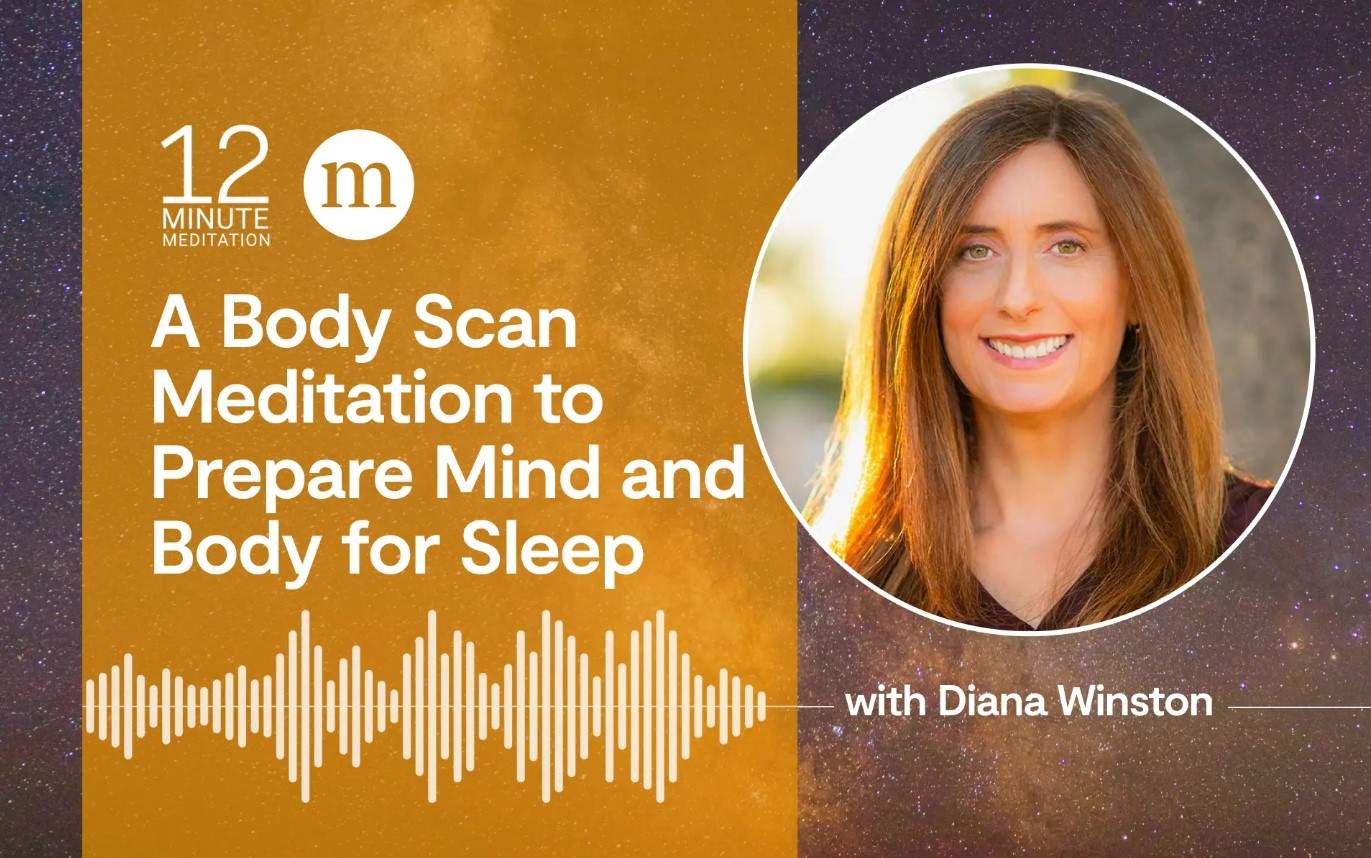What’s the Most Important Thing?
One powerful daily contemplation is this: Since death is certain, but the time of death is uncertain, what is the most important thing? We don’t know how long we have to wake up from habitual patterns or to fulfill the potential of a precious human life. Each morning, ask: What is the best use of today? Did I move closer to kindness, openness, and being fully awake?
Cocoon Mind: How Habitual Patterns Take Over
In a single day, we can grow more compassionate and sane—or tighten our cocoons of reactivity. When familiar habits take hold and we slip onto automatic pilot, the central question for a practitioner is: Now that I see I’m hooked, what do I do next?
The Pause Practice: Three Conscious Breaths
A simple, reliable method is pausing to create a gap. Stop and take three conscious breaths. In that small opening, your world can widen. Space enters the mind; options reappear.
Sensing the Gap That Already Exists (Nature as Teacher)
Before we add effort, notice the gap that’s already present in our surroundings—the air, the wind, the sea, the land, the animals. How often do we poke our heads out of the cocoon long enough to let this aliveness penetrate our conventional way of seeing?
Meditation as a Field of Gaps
Formal meditation—especially in the quiet of morning—cultivates gaps. Each time you notice thinking and gently let it go, a gap opens. Each out-breath is a gap. If you don’t fill practice time with discursive worry, you can feel the blessing of silence and space. Sometimes it dawns on you; sometimes busy mind takes over. Both are workable.
When Busy Mind Returns
Some days, we’re swept up by unfinished projects, fear, hesitation, or discouragement—the cocoon closes in. If you reconnect with the stillness and magic of your environment, that feeling can accompany you through the day and cut through cocoon mentality.
Carrying Stillness into Daily Life and Relationships
The busy, discursive mind is strong—another reason to prioritize the most important thing. Without opening to immediacy, we can spend an entire day submerged in details. Relationships won’t disappear; they’re part of our path. Learning to work with the feelings relationships bring up is a vital arena for practice.
Everyday Applications: Morning, Commute, Work
On waking: Even if you’re late, look out, drop the storyline, and take three conscious breaths.
Morning routine: While washing up or making tea, create a gap in discursive mind.
In transit: In the car, on the bus, or in line, breathe and be where you are.
On a walk: Pause frequently. Breathe. Listen. Let one breath be enough.
Listening Practice: Let Sound Lead
Shift the dominant sense from sight to sound. Stop and listen intently, to any sound. This instantly disrupts conventional perception and opens a gap.
Tech Tips: Timers and Gentle Prompts
Computers and phones hypnotize us. Use a timer or reminder to cue short pauses. No matter how engrossing the task, keep returning to brief gaps.
Natural Intelligence and Wise Action
When you pause while wound up, natural intelligence clicks in and you sense the right next step. On automatic pilot, that intelligence is blocked. With a gap, clarity can guide you—whether you’re meditating, emailing, or cooking.
From Moments to Continuity—Without Fantasy
These brief punctuations can begin to permeate the whole day, shifting the continuity from constant thought to frequent openness. Don’t chase an idealized “continual gap.” Start with where you are and keep returning.
Balancing Presence with Real-World Demands
We have jobs, emails, errands, and the nitty-gritty of living with others. Remember the most important thing—and create gaps frequently. Let space reconnect you to the sky, the ocean, the birds, the land, and the sacredness of the world.
Conclusion: Let Space Permeate Your Day
Find ways to pause—very often. Taking three conscious breaths punctures the cocoon and reveals the vastness that’s always here. As the fourteenth-century Tibetan teacher Longchenpa warned, we can lose whole lives to the minutiae. These small openings help us live the day we actually have.






